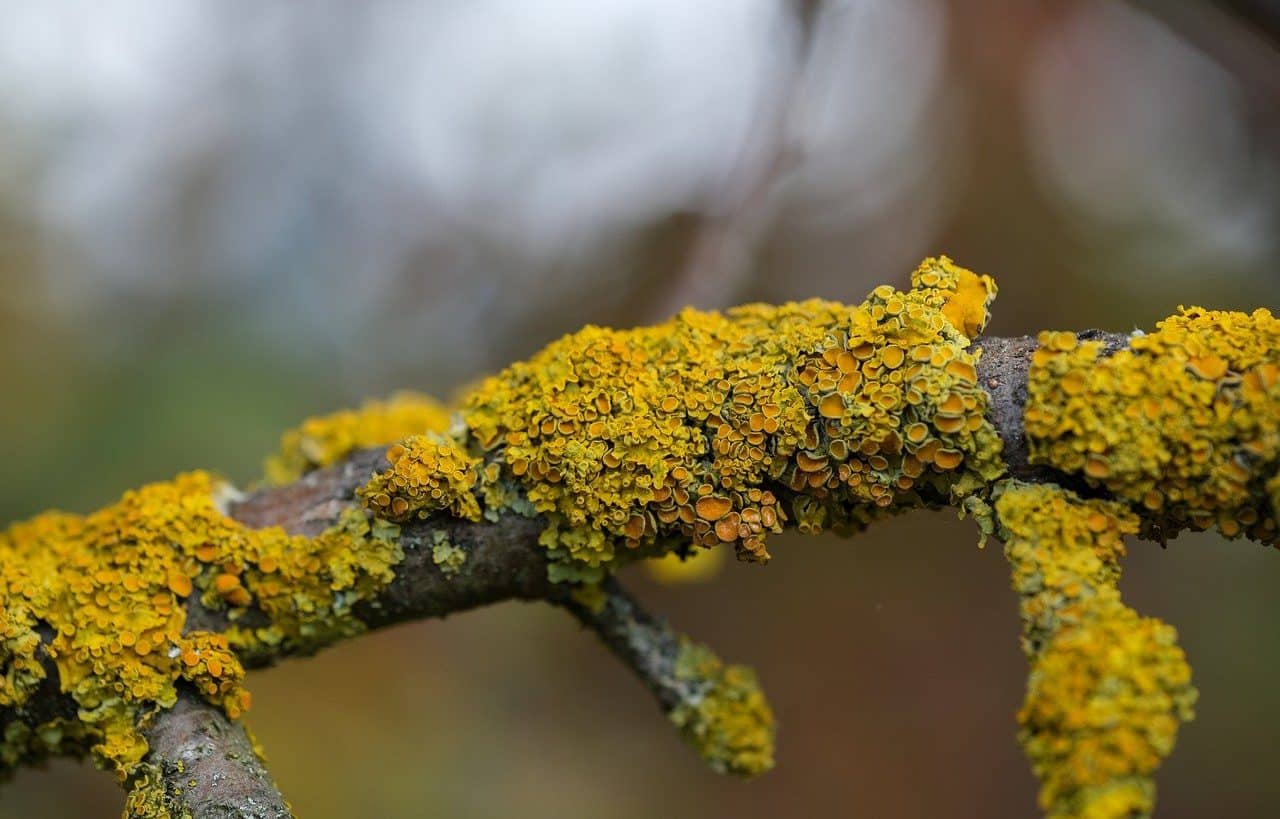
The Gromphadorhina portentosa is the giant cockroach of Madagascar.
Portentous is an adjective that derives from the Latin term portentosus . The notion is used to name that which, due to its particularities, causes surprise, astonishment or fear .
The most common use of the concept appears when it is intended to describe something of large dimensions or something that has some power . For example: “We would have to learn from the wonderful German industry and imitate its projects” , “The wonderful Moroccan boxer won by knockout in the second round and retained the world title” , “The Chinese government announced a wonderful investment in the American continent”. ” .
The portentous Gromphadorhina
Gromphadorhina portentosa, on the other hand, is the scientific name for the giant Madagascar cockroach . This insect , which can measure almost three inches long, is among the largest cockroaches in the world.
The Gromphadorhina portentosa does not have wings, unlike most cockroaches. It lives in logs, feeds on vegetables and has the most surprising characteristic, in addition to its size, that it can “whistle” . In reality, what this animal does is push air through the spiracles on its abdomen, generating a very particular sound.
In some countries , the Gromphadorhina portentosa is a popular pet. It is a harmless insect for people, since it is not poisonous nor does it bite. To survive in captivity, it requires a temperature above 20 °C throughout the day. Regarding its diet, it should receive fresh vegetables and a sponge that is always soaked so that it can absorb water.

Cladonia portentosa is the name of a lichen.
a kind of lichen
A species of lichen that belongs to the Cladoniaceae family is known as Cladonia portentosa . Its color is light and it usually forms a compact, interwoven bush up to 6 centimeters thick. It has a large number of branches ; Generally, each branch divides into three others, although the penultimate branch may only divide into two. The angle of these extensions is greater than that of Cladonia rangiferina , with which it shares the nickname "Reindeer lichen", given its resemblance to the antlers of this animal.
Cladonia portentosa does not always appear in the same shape, which is why it is often confused with others from the same family, especially with the aforementioned rangiferina . Its main thallus, which is very often absent in the structure , is shaped like "crostae".
This species of lichen is found especially in regions with a moderately cool, oceanic climate. In acidic soils it is only found in the moors and forms prominent clumps on the ground. The following are some of the geographical locations in which Cladonia portentosa grows: Germany (Essen, Bavaria, Saxony and Hamburg), Spain (Castilla y León), China (Yunnan), Denmark , Austria , Ireland , Lithuania, Portugal, United Kingdom United Kingdom, Switzerland, Italy (Tuscany, Sardinia, Piedmont and Trentino-Alto Adige), Romania and Tunisia .
The Melanoleuca portentosa
The mushroom popularly known as Nasturtium , one of whose scientific names is Melanoleuca portentosa , has a very particular appearance and is found abundantly in coniferous forests and, less frequently, in beech forests, sometimes in large groups that are united by the foot. It usually appears throughout the fall and early winter. One of its main characteristics is that it withstands frost, which is why it is the edible species of mushroom that can later be collected.
As mentioned in the previous paragraph, it is common to find the portentous mushroom in groups, something that makes its collection very satisfactory. Furthermore, its size is considerable: it has a cylindrical foot that can measure between 5 and 15 centimeters high, with a diameter of between 0.8 and 2 centimeters, crowned by a hat whose diameter ranges from 5 to 15 centimeters.
